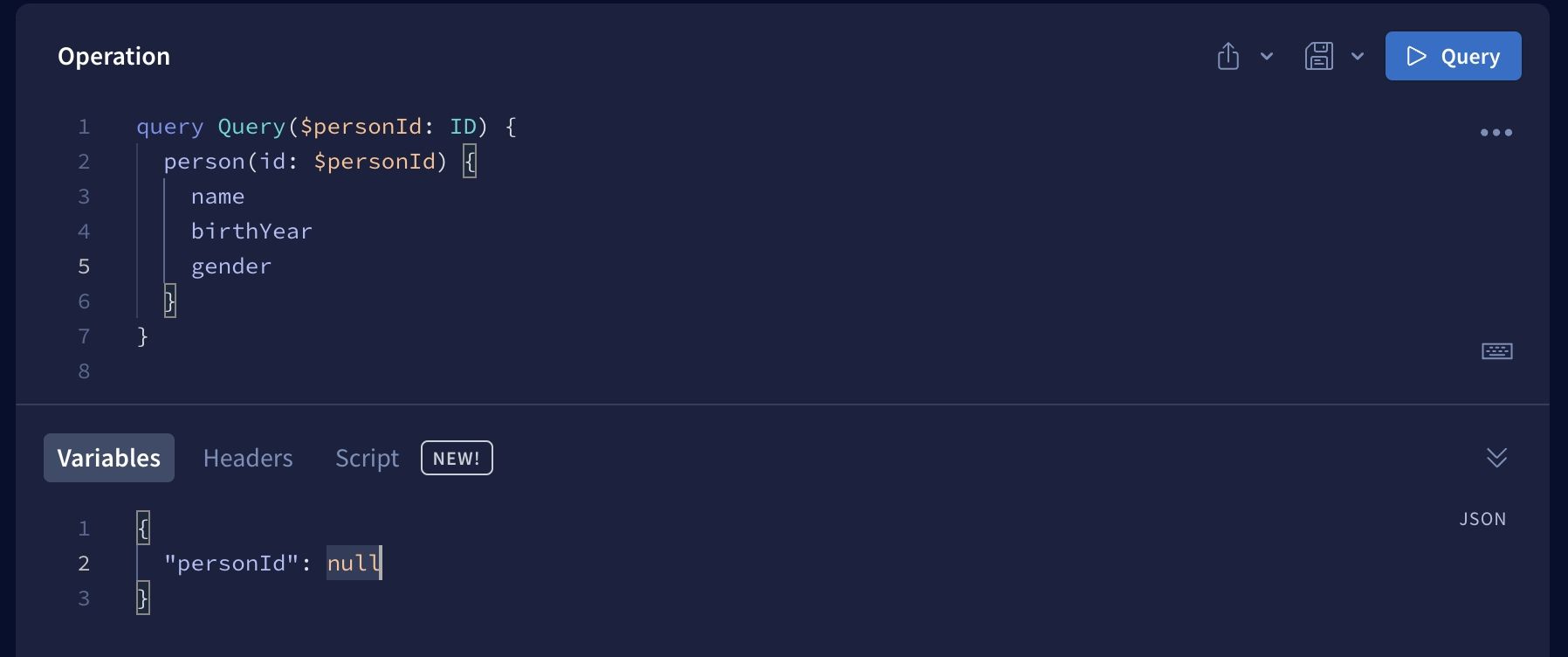Getting Started with GraphQL: A Beginner's Guide
This article introduces the basic concepts and advantages of GraphQL to help readers understand and master the basic use of GraphQL.
What Is GraphQL
GraphQL is a query language for APIs and a server-side runtime engine. It provides a complete specification and description for querying APIs, allowing the server to accurately return only the data that the client needs without any redundant data. Essentially, GraphQL is an API query language used for querying data between front-end and back-end systems. Developers can customize data models, query specifications, and query parameters, and retrieve all the desired data in a single request. This is unlike RESTful requests, which may require multiple requests to retrieve the necessary data. Therefore, in GraphQL requests, developers have certainty about the results returned.
GraphQL Specification
Schemas
A data model is used to define the data structure of object entities and the relationships between them. For example, it specifies which attributes an object has. The following diagram represents a complete data model, which defines a Query for querying data and two return objects, Header and Query. These two objects are defined with their respective attribute fields and data types, which are used in actual GraphQL requests.

Field
In GraphQL queries, the server returns the requested data structure to the client with precise results for each requested field. The response fields from the server match the requested fields from the client. This is one of the most prominent features of GraphQL, and developers can expect predictable results. As shown in the following diagram, based on the example defined above, two fields were requested, and two field results were returned. The reference tool used is APOLLO.

Parameters
When querying data, parameters can be passed to specify the query criteria. For example, in the following diagram, the person object is queried with the id parameter to retrieve related attribute data. The actual id can be entered in the variables section below for the query. The reference tool used is: APOLLO.

Run Cases
Example 1: Output complete data results based on the data model.

Example 2. Output only the selected property.

Pros and Cons
After understanding some basic concepts and usage of GraphQL, let's briefly analyze the advantages and disadvantages of using GraphQL.
Pros
- GraphQL can query all data using only one data source. All requests can access a single server endpoint.
- The response from GraphQL accurately matches the client's requested fields, reducing interference between the client and server.
- GraphQL supports the definition and transmission of all data types, including parameter transmission in requests.
- GraphQL now has many open-source tool platforms, plugins, and extensions.
Cons
- Developers who are familiar with RESTful requests may need to spend some time learning GraphQL.
- Compared to developing RESTful interfaces, server developers may need to spend more time developing easily maintainable data models.
Conclusion
GraphQL has many more interesting features and in-depth usage. I recommend trying the reference tool APOLLO for exploration. Additionally, Apidog currently integrates with GraphQL's debugging feature, and we also welcome trying out Apidog.



